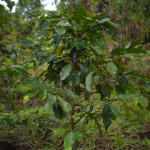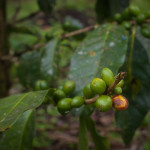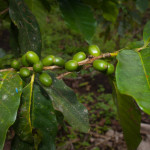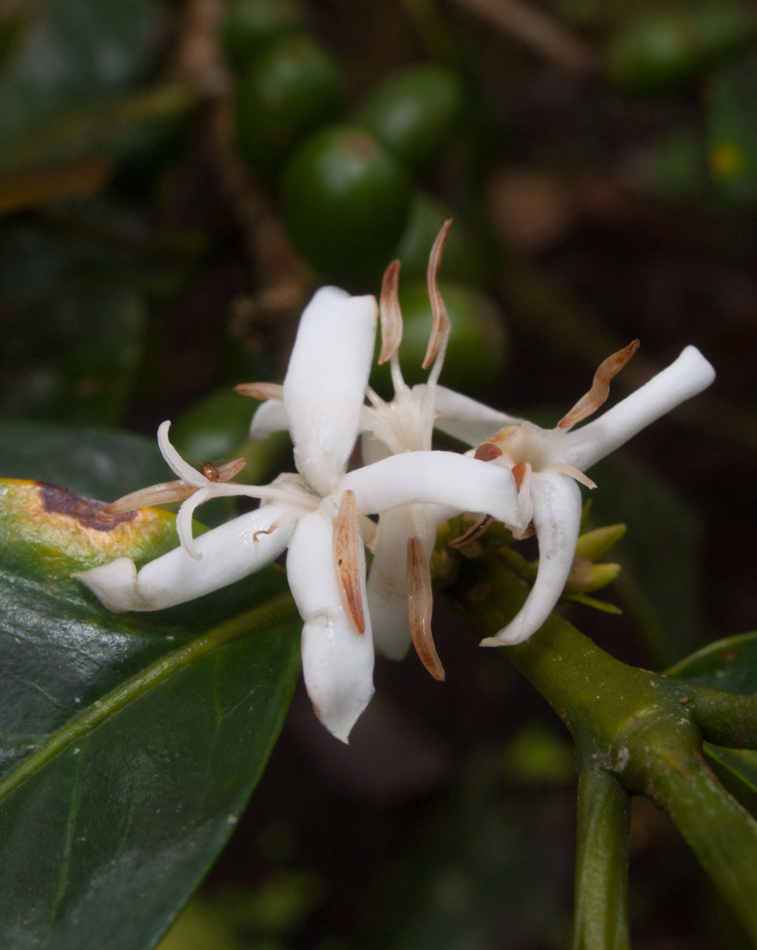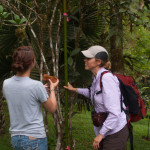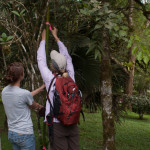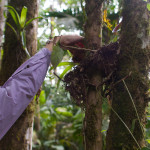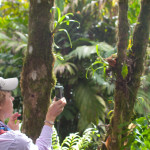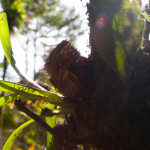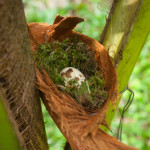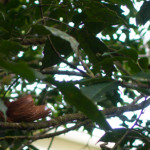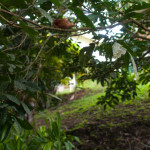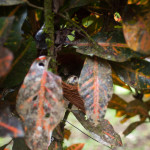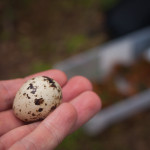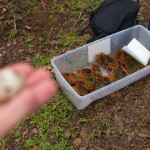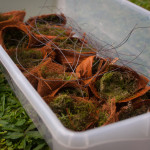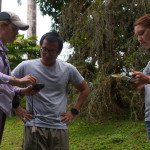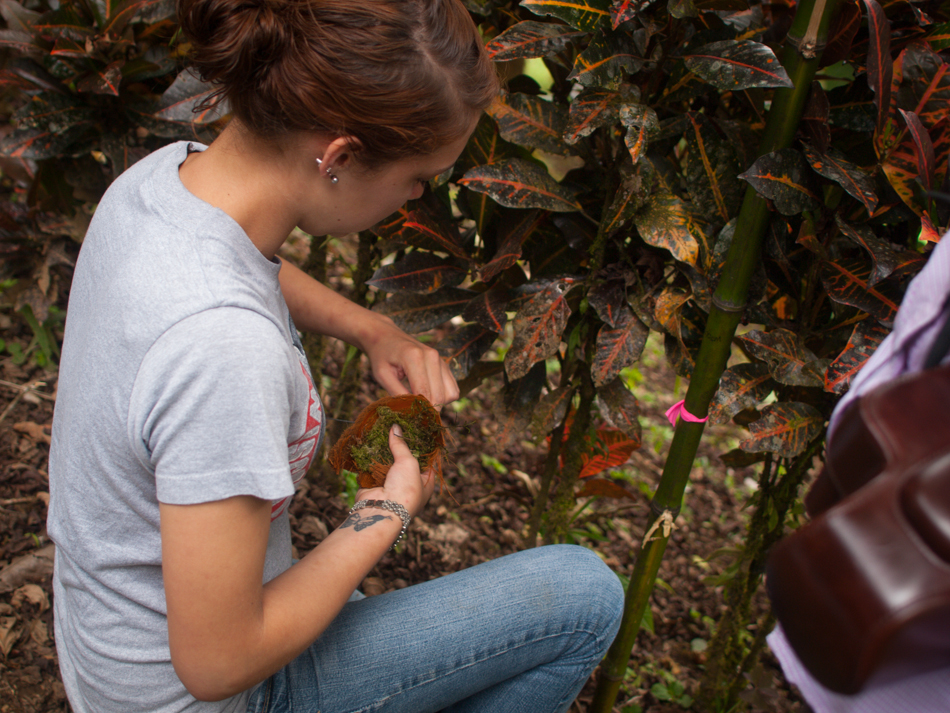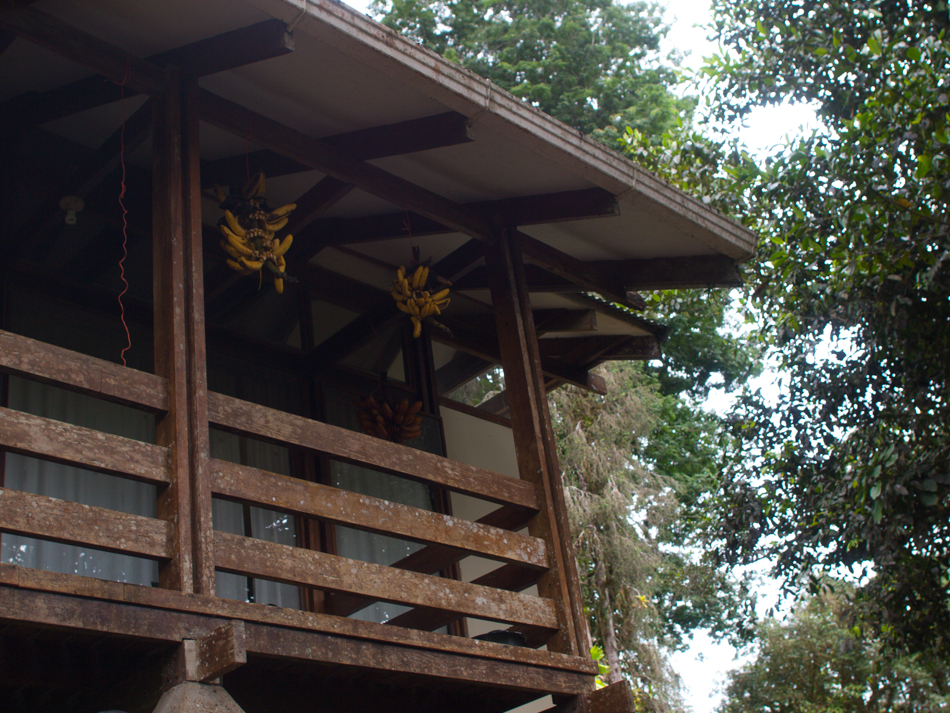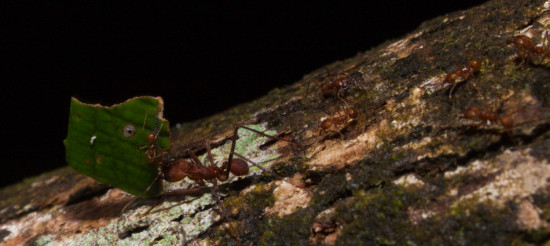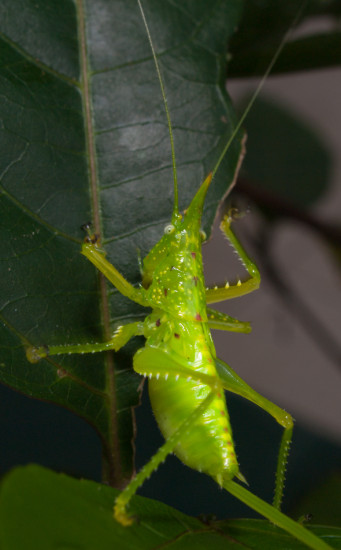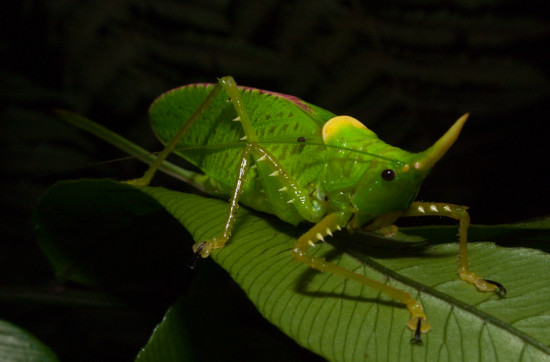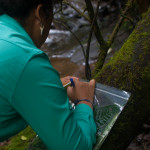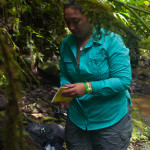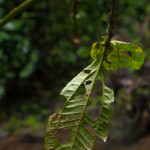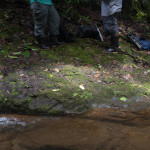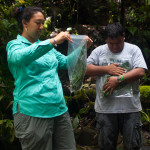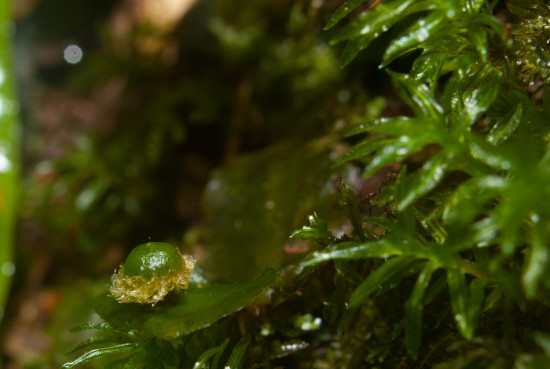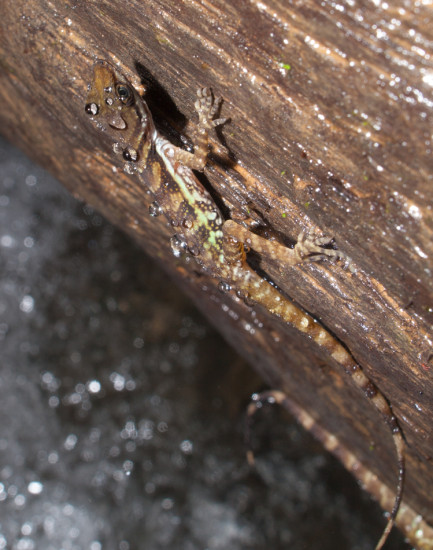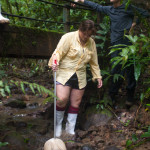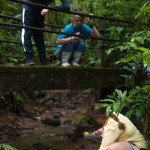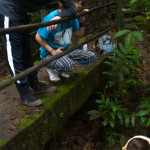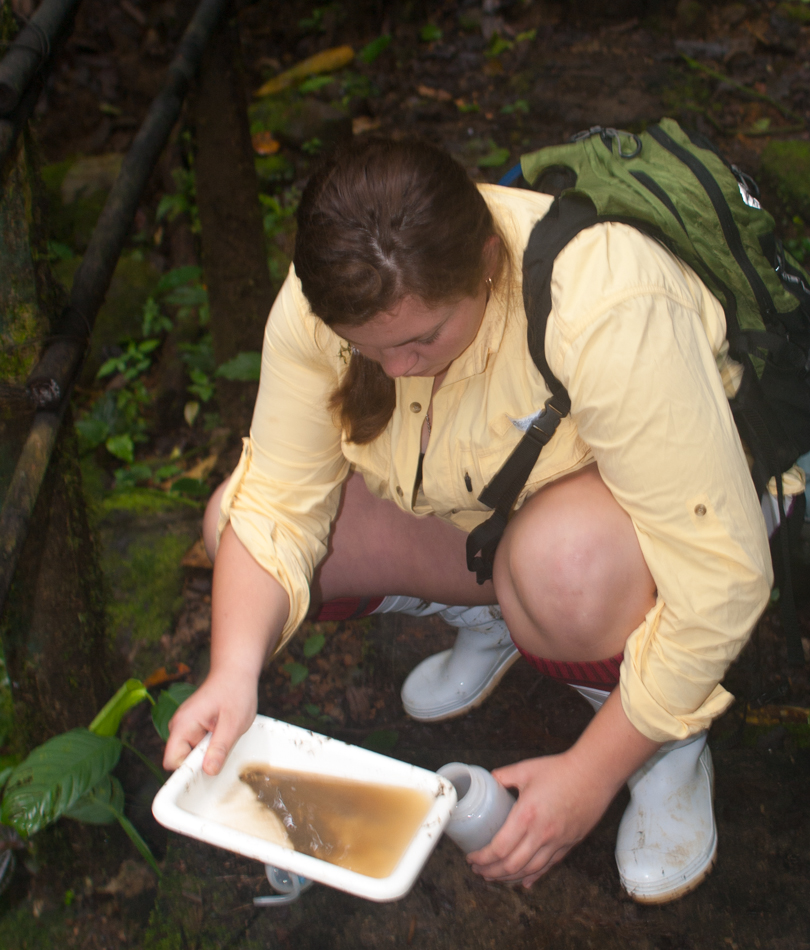San Vito, the closest town to Las Cruces, was settled primarily by Italian coffee growers. Now, there is much less coffee production, but there are still a good number of farms. At Finca Cántaros, an American-owned plot and tourist attraction between Las Cruces and San Vito, there is a small plot where coffee and a few other agricultural plants are grown. I realized I didn’t have any photographs of coffee trees… so here goes.
Tag Archives: Las Cruces
Stream collections and characterization
Nest predation in the Wilson Botanical Garden
Wendy Kuntz, a NAPIRE faculty mentor from University of Hawaii-Kapi’olani Community College, is advising a couple of students in projects about bird behavior and nest predation. Here, Shaina, one of Wendy’s students, is placing 40 artificial nests within the Wilson Botanical Garden at Las Cruces to assess nest predation rates at both high nest locations (~2 m) and low nest locations (~1 m). Shaina monitors loss of quail eggs in the nests over the course of a week. I “helped” set a few of the nests up one day… but I ended up dropping the cooler full of quail eggs and smashed about 8 of them. I will not likely be asked to help again…
Leaf-cutter ants
A horned katydid
Moss forest
Collecting Miconia appendiculata
Mel and José collected several similar looking, native species for their decomposition experiments. We chose leaves of Miconia appendiculata and an invasive bamboo (collecting leaves here) to compare in their experiments. Here, they collect the M. appendiculata leaves from trees lining the Río Java.
Liverwort gametangia and sporophytes
Liverworts are common around stream banks and trail edges at Las Cruces. They form large, mats along steep banks. Some, including the one below, have gamete-producing structures projecting from their flat “leaves”. From these dome-like gametangia, hair like projections (sporophytes) hang and release spores to begin the next generation.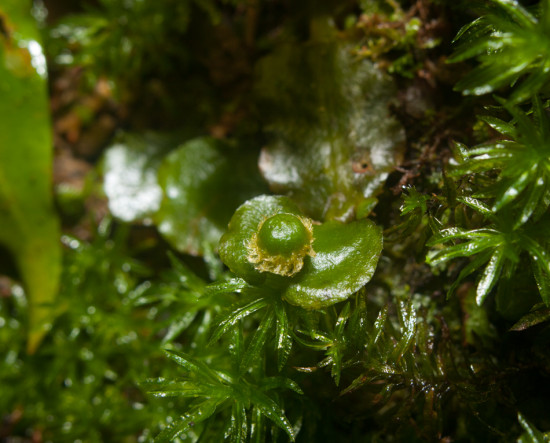
Stream anole
A second species of stream anole, Norops aquaticus, found at Quebrada Cusigno at Las Cruces during a bat-catching trip. The other, which I’ve seen in RBAMB and Hitoy Cerere, is N. oxylophus. One cool distinguishing feature: N. aquaticus has greenish eyes, whereas N. oxylophus has coppery eyes.
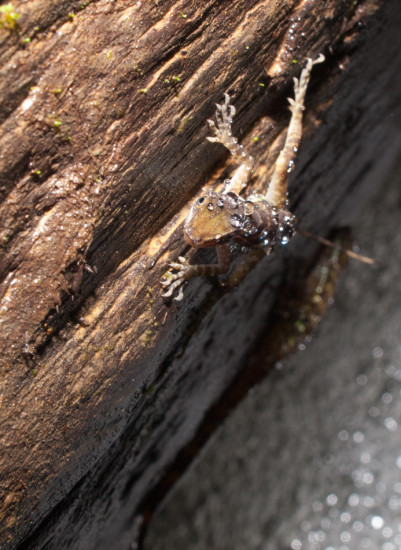
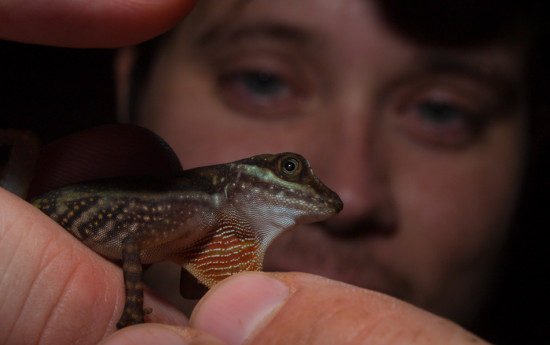
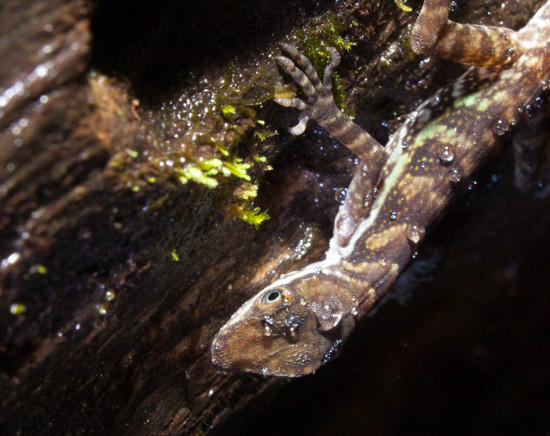
Mayfly communities in premontane, headwater streams
Under the guidance of Andy, a graduate of University of Akron and soon-to-be post-doc at University of Chicago, Alicia collects and investigates mayfly (Ephemoptera) communities within headwater streams at Las Cruces.

